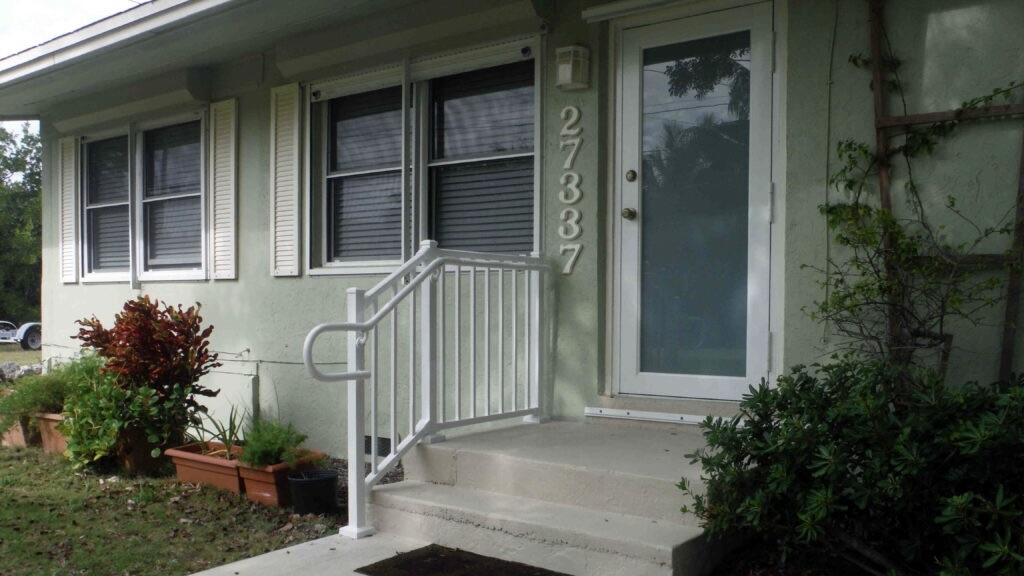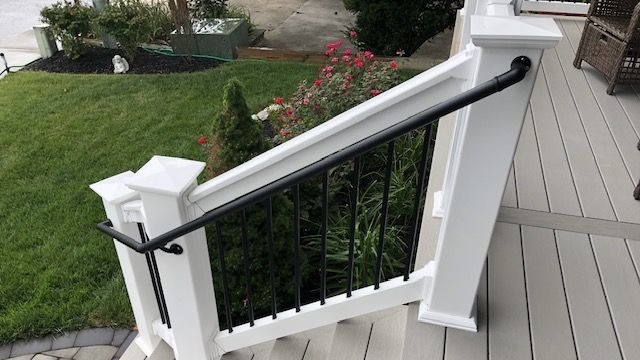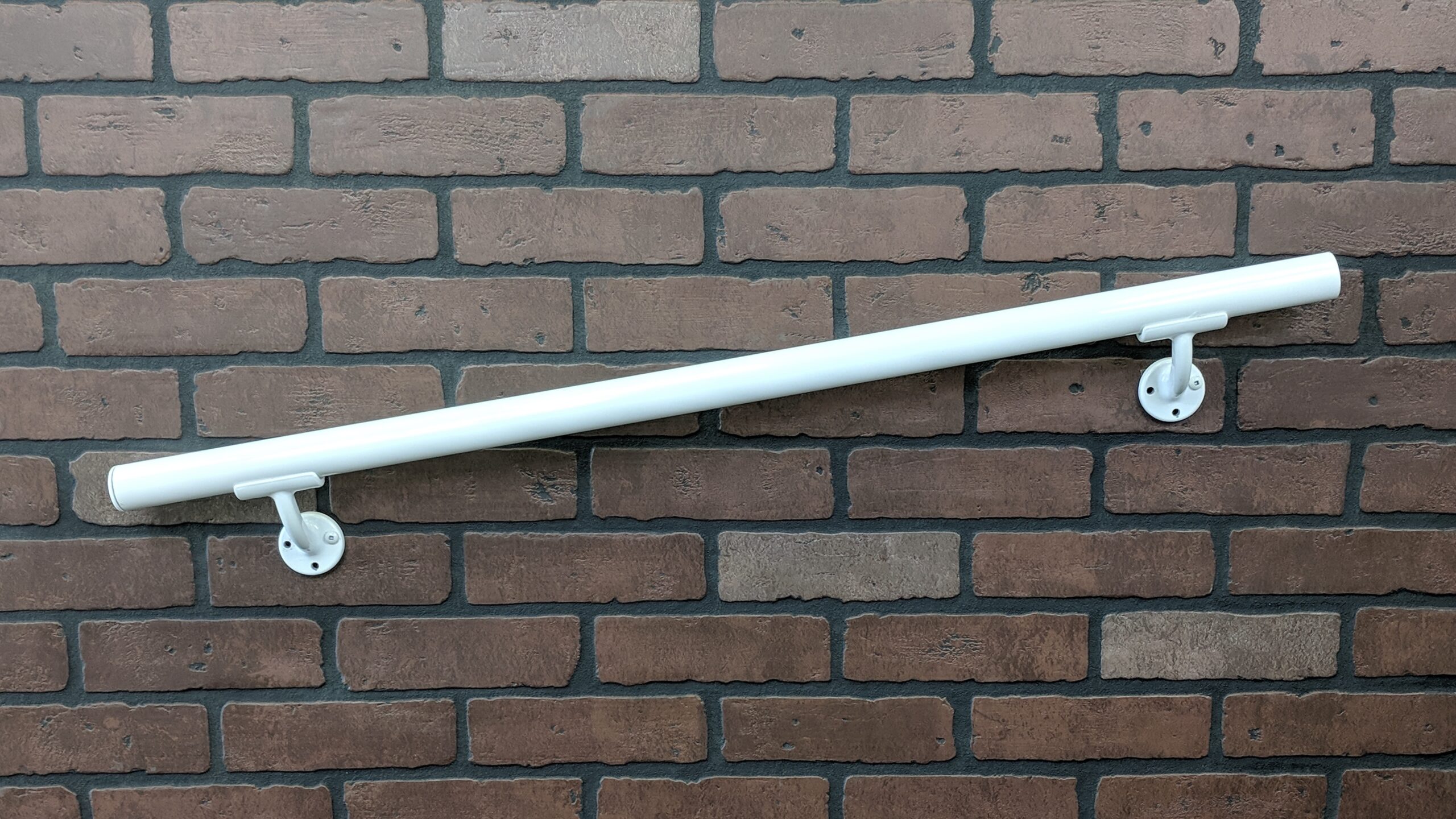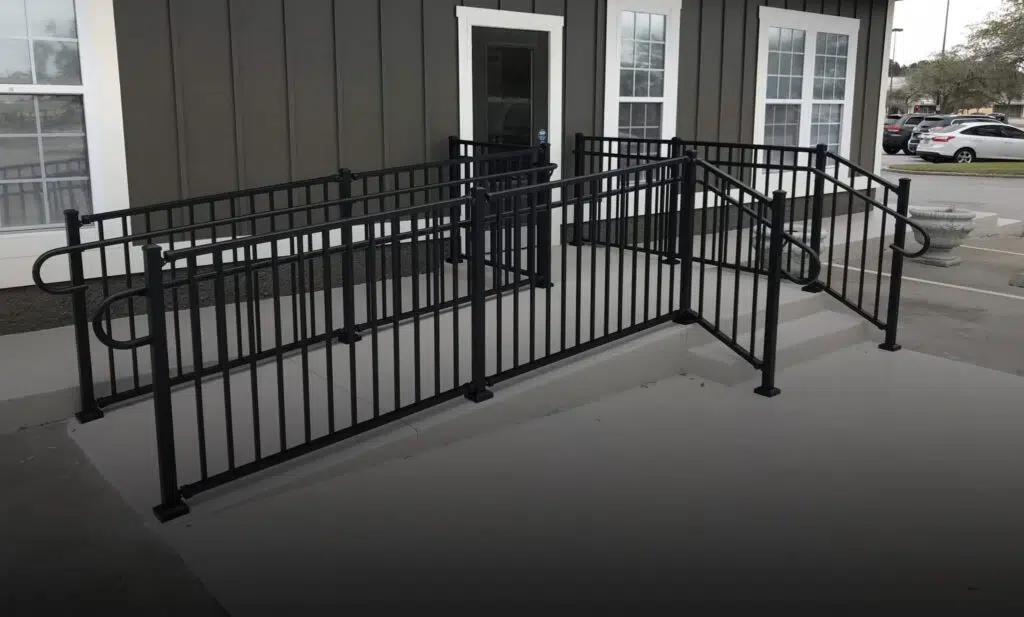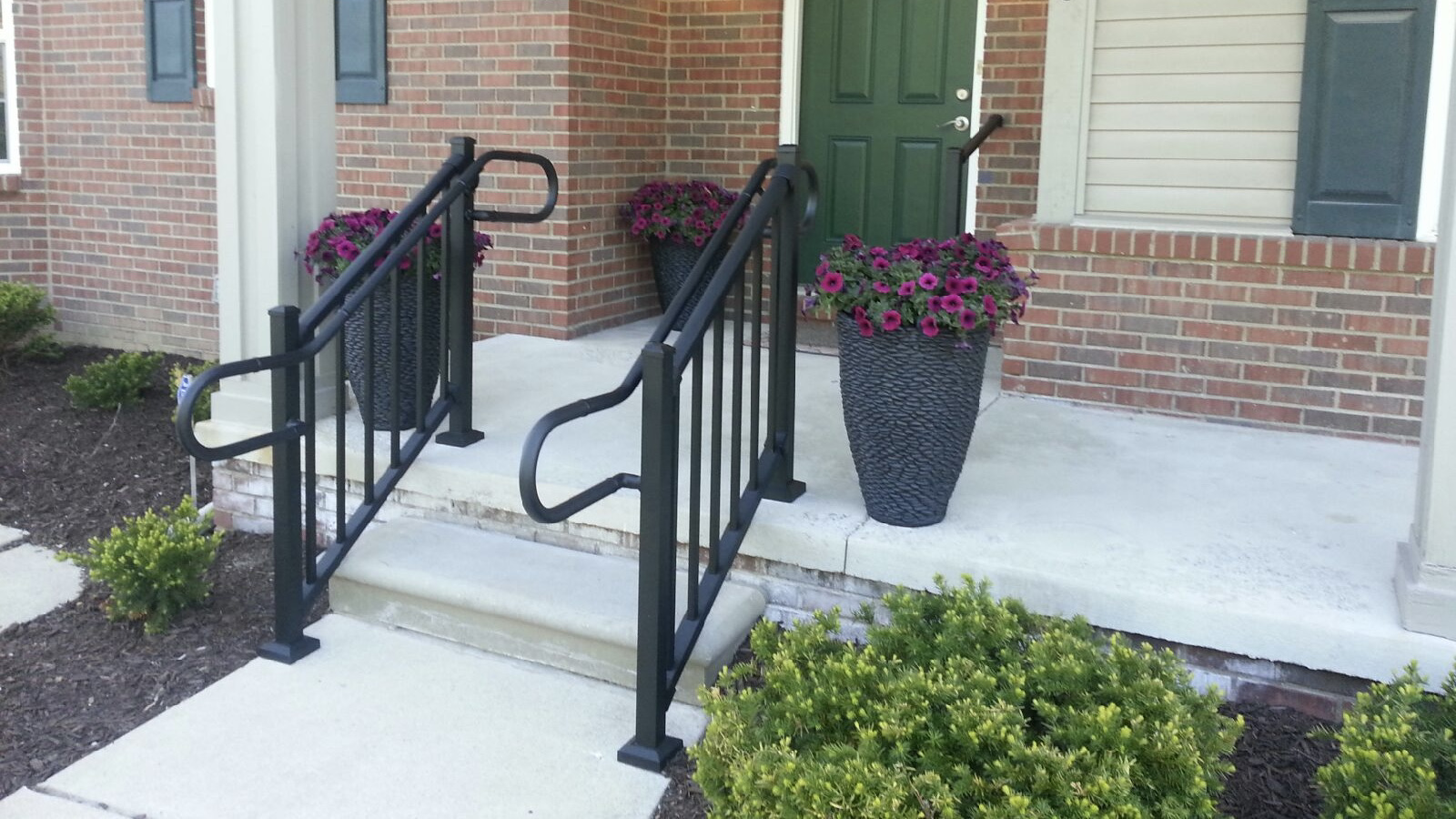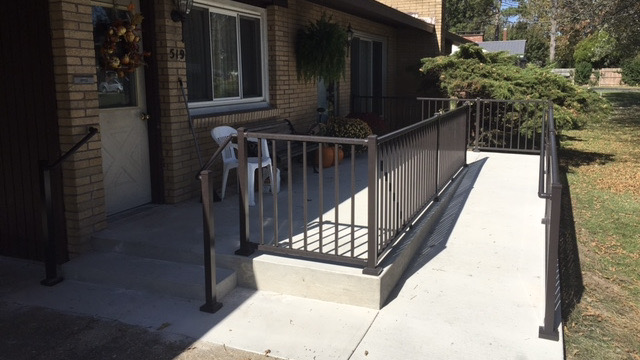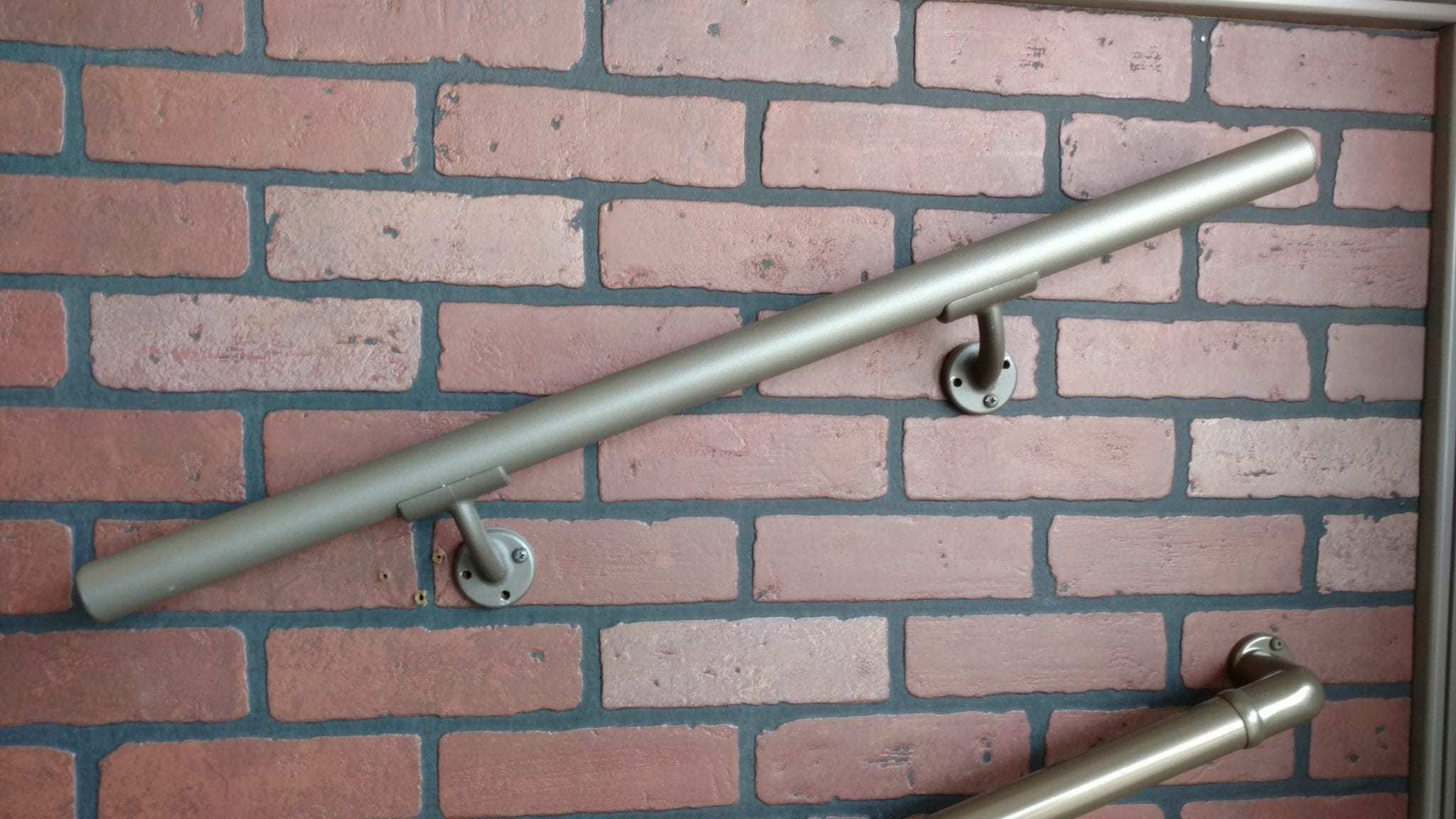Category: ADA Handrails
Why You Need an ADA Aluminum Handrail
November 21, 2024
The purpose of the Americans with Disabilities Act (ADA) is to ensure everyone has access to public spaces, even if they have physical disabilities that ...
Read More →
The Purpose of Handrail Returns
September 30, 2024
Handrails are an essential safety feature in homes and public spaces, offering stability and support for individuals navigating stairs, ramps, and walkways. Every element of ...
Read More →
Safety Handrails for the Elderly
May 14, 2024
A teenager might feel comfortable bounding up the stairs two at a time, but for a senior with declining mobility, that same flight of stairs ...
Read More →
ADA Handrails for Ramps: A Simple Guide
February 23, 2024
The Americans with Disabilities Act (ADA) helps people with disabilities by providing legal protection against discrimination. As part of this protection, the ADA stipulates that ...
Read More →
What You Need to Know About ADA Handrail Components
July 25, 2023
Having a handrail that meets the standards set by the Americans with Disabilities Act (ADA) is your responsibility if you own or manage a building. ...
Read More →
Understanding ADA Handrail Specifications
June 20, 2023
You may know your handrails, but how familiar are you with the Americans with Disabilities Act (ADA)? If you plan to install handrails in your ...
Read More →
ADA Railing Height Requirements
November 1, 2021
You know that the Americans with Disabilities Act (ADA) is a vital piece of legislation for people living with disabilities. As a business owner, you ...
Read More →
What You Need to Know About ADA Railing Systems
September 28, 2021
If you’re a business owner or the manager of a public space, you’re probably familiar with the Americans with Disabilities Act (ADA). This legislation requires ...
Read More →
Handrail Continuity Per OSHA
February 17, 2020
The Occupational Safety and Health Act of 1970 (OSH Act of 1970) was created to protect workers from serious injury on the job. These days, ...
Read More →
The Importance of a Continuous Handrail
December 11, 2019
We all need a little support from time to time. If you’ve ever walked down a flight of stairs, chances are you’ve paid little to ...
Read More →

